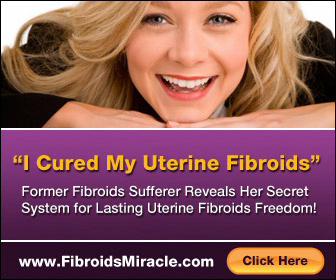Uterine fibroids are benign growths that can appear inside and around a woman’s uterus as an effect of hormones on uterine cells that have higher than normal hormone receptors. They generally do not have symptoms and do not have health risks thus, they are usually left alone. However, there are some cases wherein they become prolific and exhibit bothersome symptoms or even pose threats to future pregnancy, warranting surgical removal.
Should your uterine fibroids fall under the kind that would need surgical removal, be aware that there are quite a few types available. The best method for your specific case would largely depend on the size, number, location of the fibroids and on your plan to have children.
FIRST METHOD: Endometrial ablation
Endometrial ablation is an out-patient surgery recommended for patients whose chief complaint is heavy bleeding due to small fibroids within the uterine wall or cavity and who do not plan on having children. This surgery works by removing the uterine lining using a device inserted through the vagina either by laser, boiling water or freezing.
Aside from being an out-patient surgery, the recovery time for this method is also quite quick with the patient being able to return to her normal activities within a week.
SECOND METHOD: MYOMECTOMY
Myomectomy is an option for women who also suffer from heavy bleeding but still plan on having children in the future. This surgery removes just the fibroids while letting you keep your uterus intact.
Similar to ablation, this method will not guarantee against new growths.
Myomectomy is done under general anesthesia and has 3 ways:
1) Hysteroscopic myomectomy
This type of myomectomy is best for small and few fibroids.
Hysteroscopic myomectomy is done by inserting a long, thin, lighted telescope into the vagina, through cervix until it enters the uterus. Fluid is injected to expand the uterus so that the fibroids can be more clearly identified against the normal uterine muscles. Once identified, the fibroids are cut off and they wash out of the uterus together with the fluid used to expand the uterus
This is also an out-patient procedure that would only require a week of post-surgery recovery.
2) Abdominal myomectomy
This type of myomectomy is better for large fibroids.
In abdominal myomectomy, the surgeon removes fibroids by making a cut on the patient’s lower belly, similar to a ceasarian section. Due to the nature of this procedure, a large scar on the belly may be left behind.
Since this surgery is more invasive, a one to three day confinement is required. Complete recovery would also take two to six weeks.
3) Laparoscopic myomectomy
This type of myomectomy is most fit for small and few fibroids.
This procedure is done by making two small cuts on the lower belly – one cut for the telescope to look around the uterus and the other cut for the cutting tool used to slice the fibroids into small pieces.
Laparoscopic myomectomy is a bit less traumatic to the body than abdominal myomectomy so it would require just an overnight stay at the hospital and a shorter recovery time after
THIRD METHOD: HYSTERECTOMY
Hysterectomy is the surgery that removes part or the entire uterus. This is most applicable to patients with many and large fibroids and not planning on having children.
Similar to myomectomy, hysterectomy can be also be done in three different ways:
- Abdominal hysterectomy – makes a cut in the lower abdomen to take out the uterus or part of it
- Vaginal hysterectomy – removes the uterus or part of it through the vagina
- Laparoscopic hysterectomy – similar to laparoscopic myomectomy, this is done by making 2 small cuts on the lower abdomen. One cut is for the telescope and the other cut is for the tool in taking out small portions of the uterus.
Hysterectomy is a one to three hour operation requiring two to three days confinement. Complete recovery would take around one to two months.


